The world of art installations has always been a dynamic and evolving space, where creativity knows no bounds. These immersive experiences challenge our perceptions, engage our senses, and often leave a lasting impression long after we’ve walked away. Unlike traditional art forms confined to canvases or sculptures, installations transform entire spaces, inviting viewers to step inside and become part of the narrative. From large-scale public projects to intimate gallery exhibits, the diversity within this medium is as vast as the imaginations behind it.
Art installations have become a powerful tool for social commentary. Many contemporary artists use this medium to address pressing issues such as climate change, inequality, and political unrest. By creating environments that demand interaction, they force audiences to confront uncomfortable truths. For instance, Olafur Eliasson’s "Ice Watch" brought melting icebergs to city centers, making the abstract concept of global warming painfully tangible. Similarly, Ai Weiwei’s "Sunflower Seeds" used millions of hand-painted porcelain seeds to explore themes of mass production and individuality in modern China. These works don’t just speak to viewers—they provoke thought, spark conversations, and sometimes even inspire action.
The rise of technology has further expanded the possibilities of art installations. Digital and interactive elements now allow for experiences that were unimaginable just a few decades ago. TeamLab’s boundary-pushing works, for example, blend light, sound, and motion to create ever-changing landscapes that respond to the presence of visitors. Virtual and augmented reality have also found their way into installations, offering entirely new dimensions of immersion. Artists are no longer limited by physical materials; instead, they harness code, projection mapping, and biometric data to craft experiences that feel almost alive.
Yet, despite the growing influence of technology, many artists continue to embrace simplicity and organic materials. The beauty of an installation often lies in its ability to evoke emotion through minimalism. Japanese artist Chiharu Shiota’s intricate webs of thread, for instance, transform ordinary spaces into hauntingly poetic realms. Similarly, Andy Goldsworthy’s ephemeral works—crafted from leaves, stones, and ice—celebrate the transient beauty of nature. These pieces remind us that art doesn’t need to be high-tech to be profound; sometimes, the most powerful statements are made with the simplest of elements.
Public art installations, in particular, have the unique ability to democratize art. Placed in parks, streets, and other communal spaces, they break down the barriers often associated with galleries and museums. Yayoi Kusama’s "Infinity Mirror Rooms," for example, have drawn millions of visitors worldwide, offering a moment of wonder to people who might never set foot in a traditional art institution. These works belong to everyone, if only for a brief moment, and in doing so, they foster a sense of shared experience and collective joy.
The temporary nature of many installations adds another layer of depth to the medium. Unlike a painting that can hang in a museum for centuries, installations often exist only for a short time before they’re dismantled or left to decay. This impermanence makes the experience of encountering one all the more special. It’s a reminder to be present, to fully engage with the moment, because soon, it will exist only in memory. This fleeting quality can make the art feel more alive, more urgent—like a whisper that demands to be heard before it fades away.
Ultimately, art installations are about connection. They connect us to the artist’s vision, to the space around us, and to each other. Whether through awe-inspiring scale, intimate detail, or interactive engagement, they remind us of art’s power to transform not just physical spaces, but also the way we see the world. As the medium continues to evolve, one thing remains certain: the best installations don’t just occupy space—they occupy our minds long after we’ve left them behind.
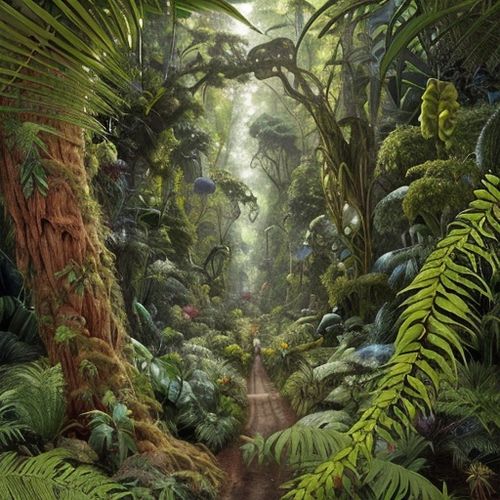
By George Bailey/Apr 28, 2025
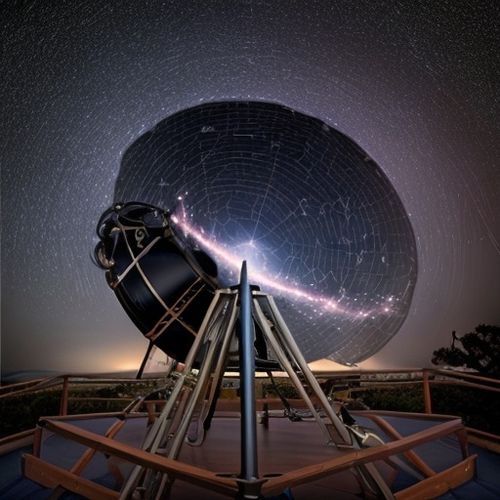
By Lily Simpson/Apr 28, 2025

By Grace Cox/Apr 28, 2025
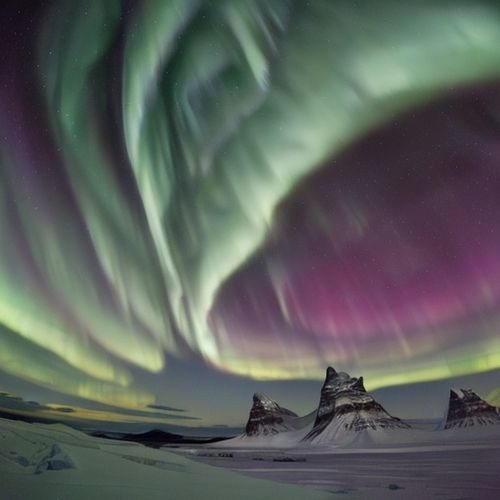
By David Anderson/Apr 28, 2025
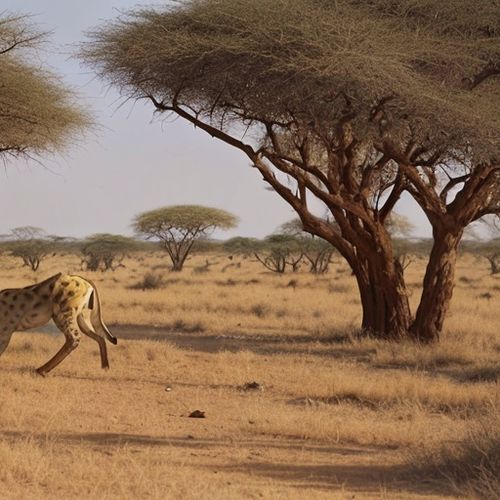
By Megan Clark/Apr 28, 2025
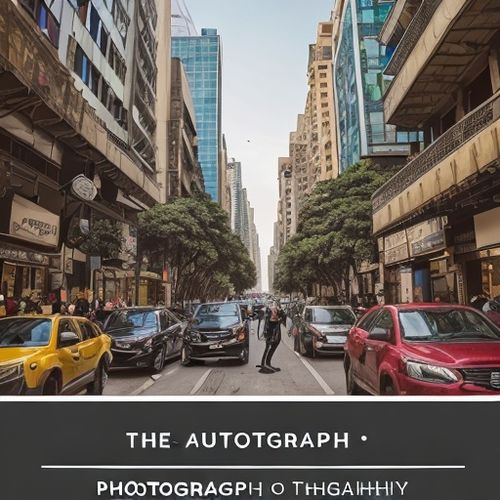
By Natalie Campbell/Apr 28, 2025
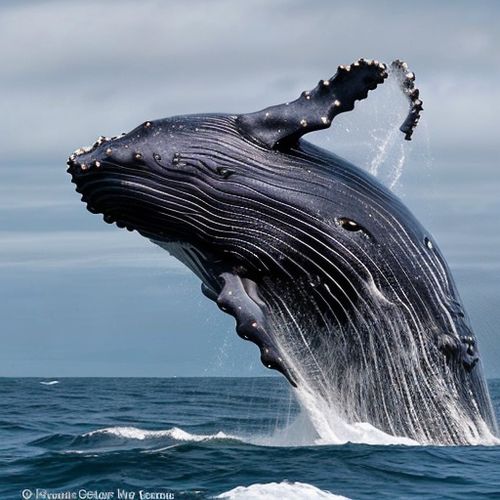
By Olivia Reed/Apr 28, 2025

By Rebecca Stewart/Apr 28, 2025
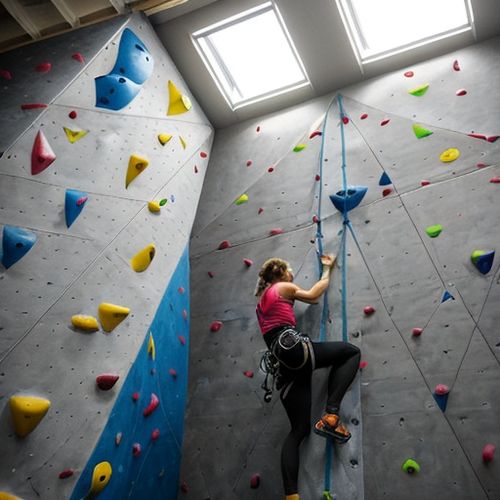
By Eric Ward/Apr 28, 2025
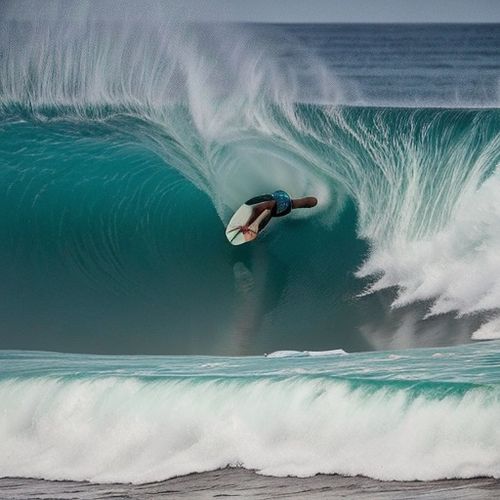
By Grace Cox/Apr 28, 2025
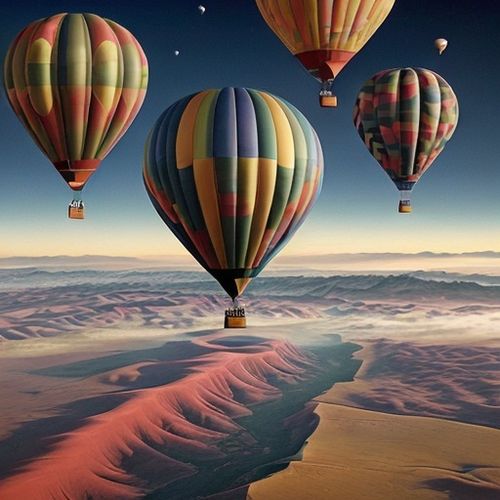
By Noah Bell/Apr 28, 2025
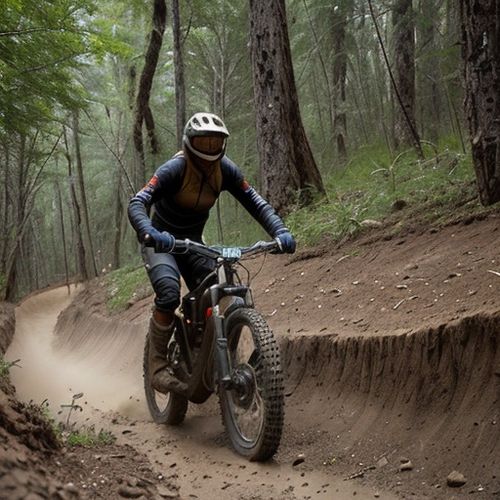
By George Bailey/Apr 28, 2025
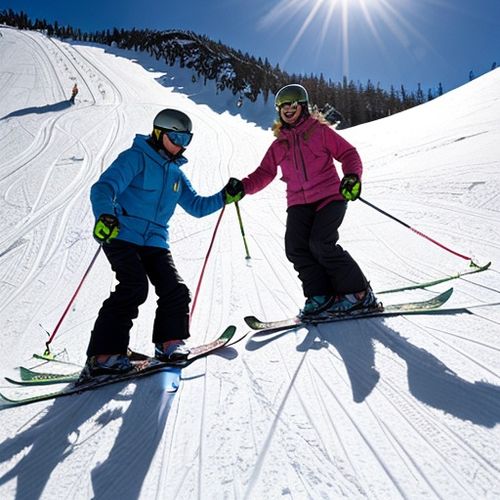
By Michael Brown/Apr 28, 2025
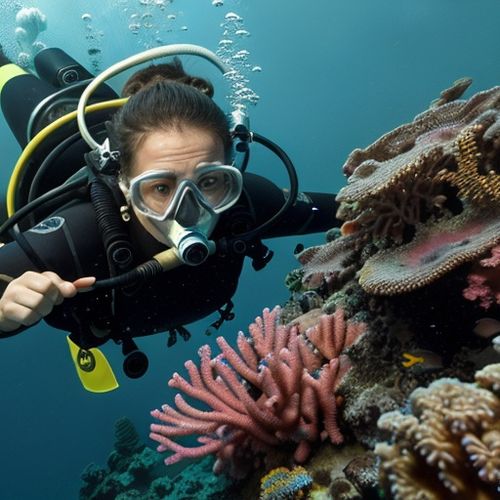
By Samuel Cooper/Apr 28, 2025
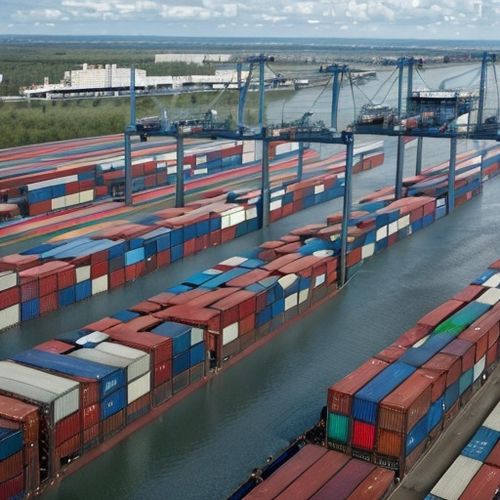
By Laura Wilson/Apr 28, 2025
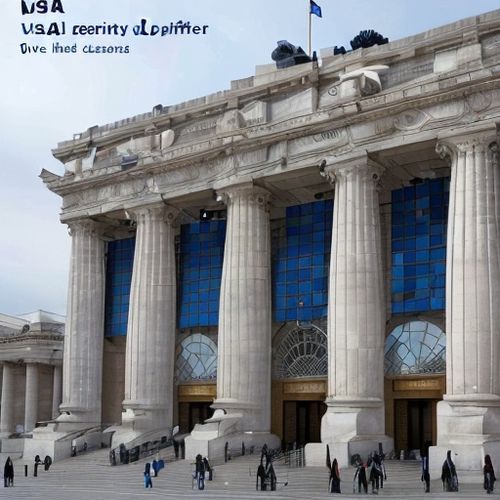
By David Anderson/Apr 28, 2025
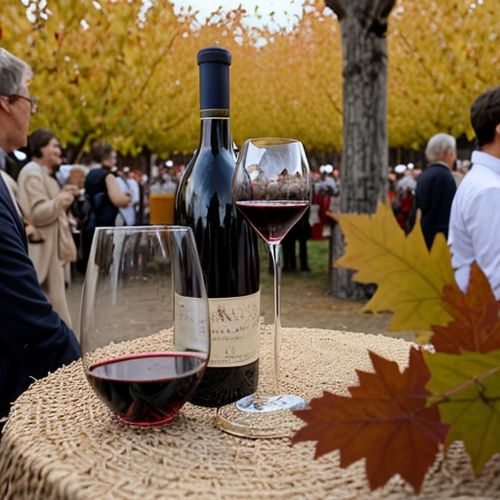
By Noah Bell/Apr 28, 2025
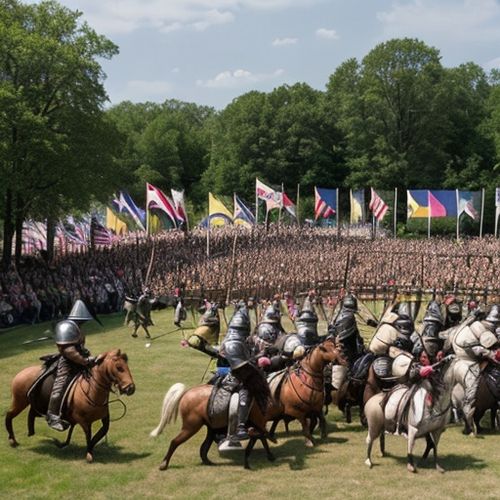
By Benjamin Evans/Apr 28, 2025

By Megan Clark/Apr 28, 2025
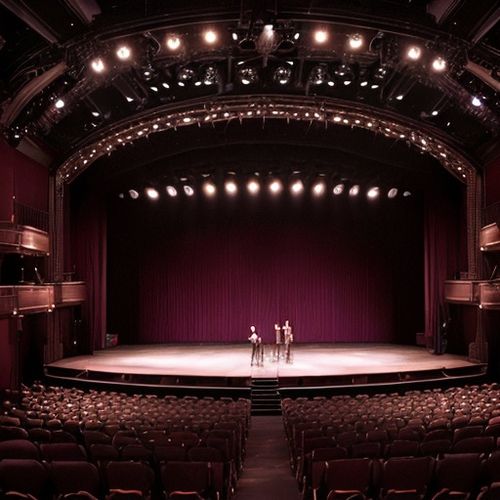
By Noah Bell/Apr 28, 2025